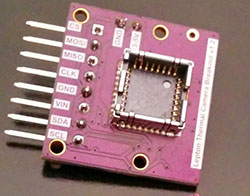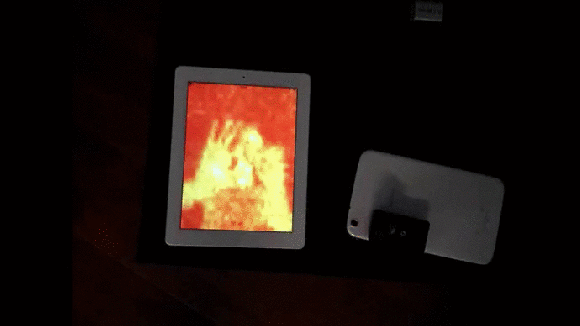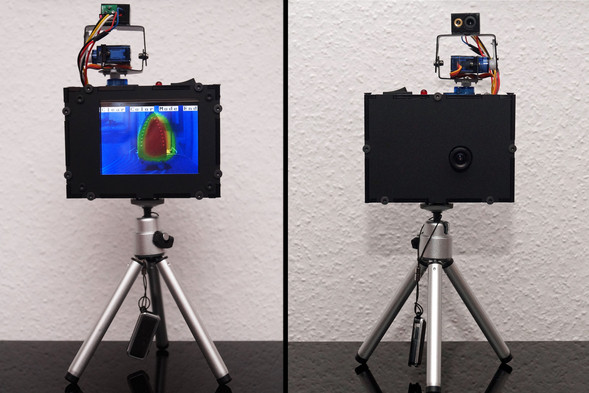Thermal imaging cameras are all the rage now, and one of the best IR cameras out there is Flir’s Lepton module. It’s the sensor in the FLIR ONE, a thermal imaging camera add-on for an iPhone. Somewhat surprisingly, Flir is allowing anyone to purchase this module, and that means a whole bunch of robotics and other various electronics projects. Here’s a breakout board for Flir’s Lepton.
Electron artisan [Mike] recently got his hands on a FLIR ONE, and doing what he does best, ripped the thing apart and built the world’s smallest thermal imaging camera. Compared to professional models, the resolution isn’t that great, but this module only costs about $250. Just try to find a higher resolution thermal imager that’s cheaper.
With this breakout board, you’ll obviously need a Lepton module. There’s a group buy going on right now, with each module costing just under $260.
The Lepton module is controlled over I2C, but the process of actually grabbing images happens over SPI. The images are a bit too large to be processed with all but the beefiest Arduinos, but if you’re thinking of making Predator vision with a Raspi, BeagleBone, or a larger ARM board, this is just the ticket.
You can check out some video made with the Lepton module below.
This is also project number 3000 on hackaday.io. That’s pretty cool and worthy of mention.

















